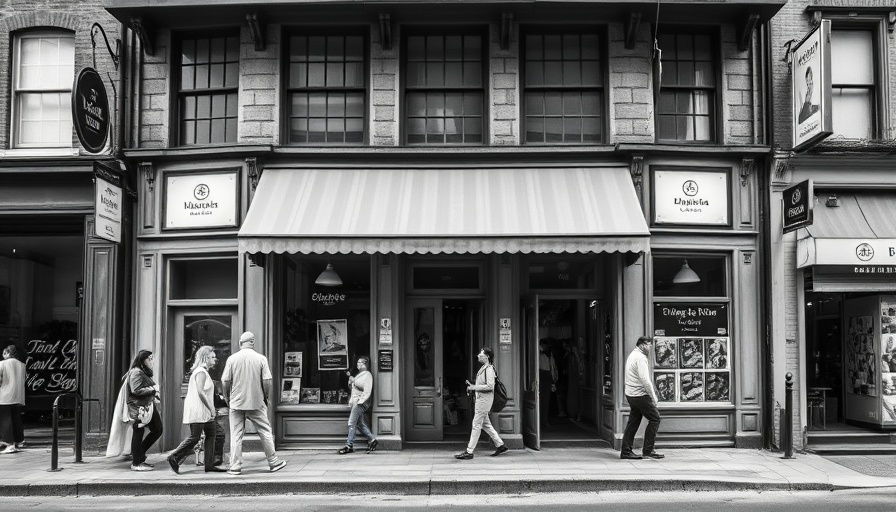
A Legacy Beyond the Owner: The Zabar's Phenomenon
Saul Zabar's recent passing at the age of 97 has left many wondering what the future holds for the iconic Zabar's store located on the Upper West Side of Manhattan. For decades, Saul was not just a co-owner; he was a larger-than-life figure synonymous with the store itself. His name and presence shaped the character of Zabar's, but as he once noted, the store was always intended to be more than just one person.
The Heart of Zabar’s: A Family Tradition
Founded in 1934 by Saul's parents, Louis and Lillian, Zabar’s has long been a bastion of Jewish culinary tradition in New York. Saul's dedication to providing the highest quality products was renowned among customers and colleagues alike. “Perfectionist is not a strong enough word,” remarks his daughter Rachel, emphasizing his integrity towards his craft. This family tradition has embedded itself in the culture of the city, marking important events in many New Yorkers' lives—from holiday celebrations to casual brunches. Niki Russ Federman, a fourth-generation owner of another famed establishment, Russ & Daughters, echoes this sentiment, noting how the community's memories are tied to these institutions.
Customer Connection: A Community Staple
What makes Zabar's distinctive from other stores is the intangible, vibrant atmosphere established by Saul and his family over the years. Visitors drawn by the appetizing aromas might have recognized Saul in his trademark white deli coat, busy at the fish counter or tasting potatoes for the perfect latke. “You didn’t want to get between him and his latke tasting,” recalls his great-nephew Willie, framing Saul as a culinary sommelier in his own right. Such anecdotes underscore a sense of familiarity that reinforced customer loyalty—a genuine connection to an irreplaceable character.
A Shift in the Landscape: Future Possibilities
With Saul's departure, many are left contemplating what Zabar's will look like moving forward. The store’s management may shift towards the next generation, but will they preserve the same commitment to excellence and community spirit that Saul embodied? Details are yet to emerge surrounding potential changes, yet a prevailing sentiment remains: the heart of Zabar’s is much bigger than one individual.
The Impact on Local Culture
As the food landscape in New York City continues to evolve, Zabar’s stands as a symbol of traditional hospitality that transcends generations. Its ability to adapt while maintaining core values will be crucial for its survival in a competitive market. Like many community establishments, Zabar's is more than just a store; it's integral to New York life, capturing the legacy and perseverance of family-owned businesses shaped by rich histories.
What Zabar's Represents
Ultimately, the question of 'What is Zabar’s without Saul?' delves into the essence of communal spaces. Zabar's existence speaks to a nostalgia for the past while hinting at a promising, albeit uncertain, future. As patrons share their stories from inside its bustling aisles, they are engaging in a dialogue with the past, present, and future—celebrating what makes this local gem unmissable. Saul's legacy will undoubtedly continue to influence the operations at Zabar's, but it will also invite a new chapter that reflects the values he championed.
As we reminisce about culinary icons like Saul Zabar, it's essential to recognize the value of family and community connections in our local identities. By visiting family-run establishments like Zabar's, we not only preserve these traditions but also create new memories for future generations.
 Add Row
Add Row  Add
Add 




Write A Comment